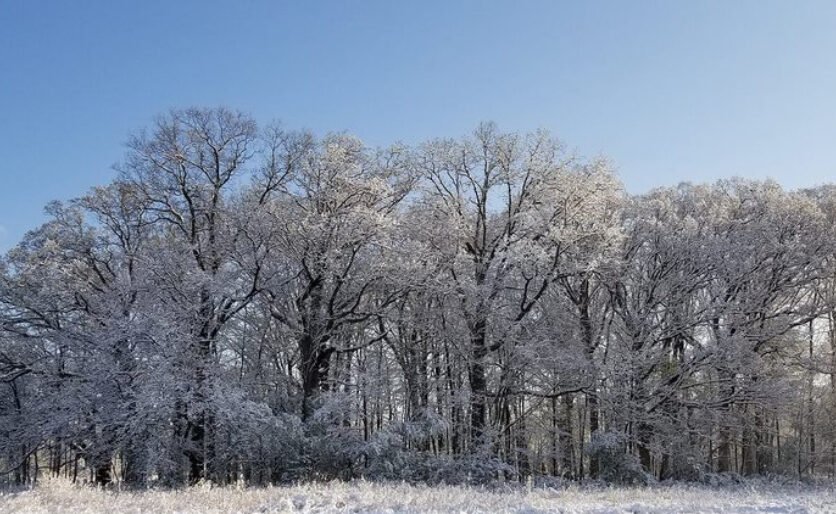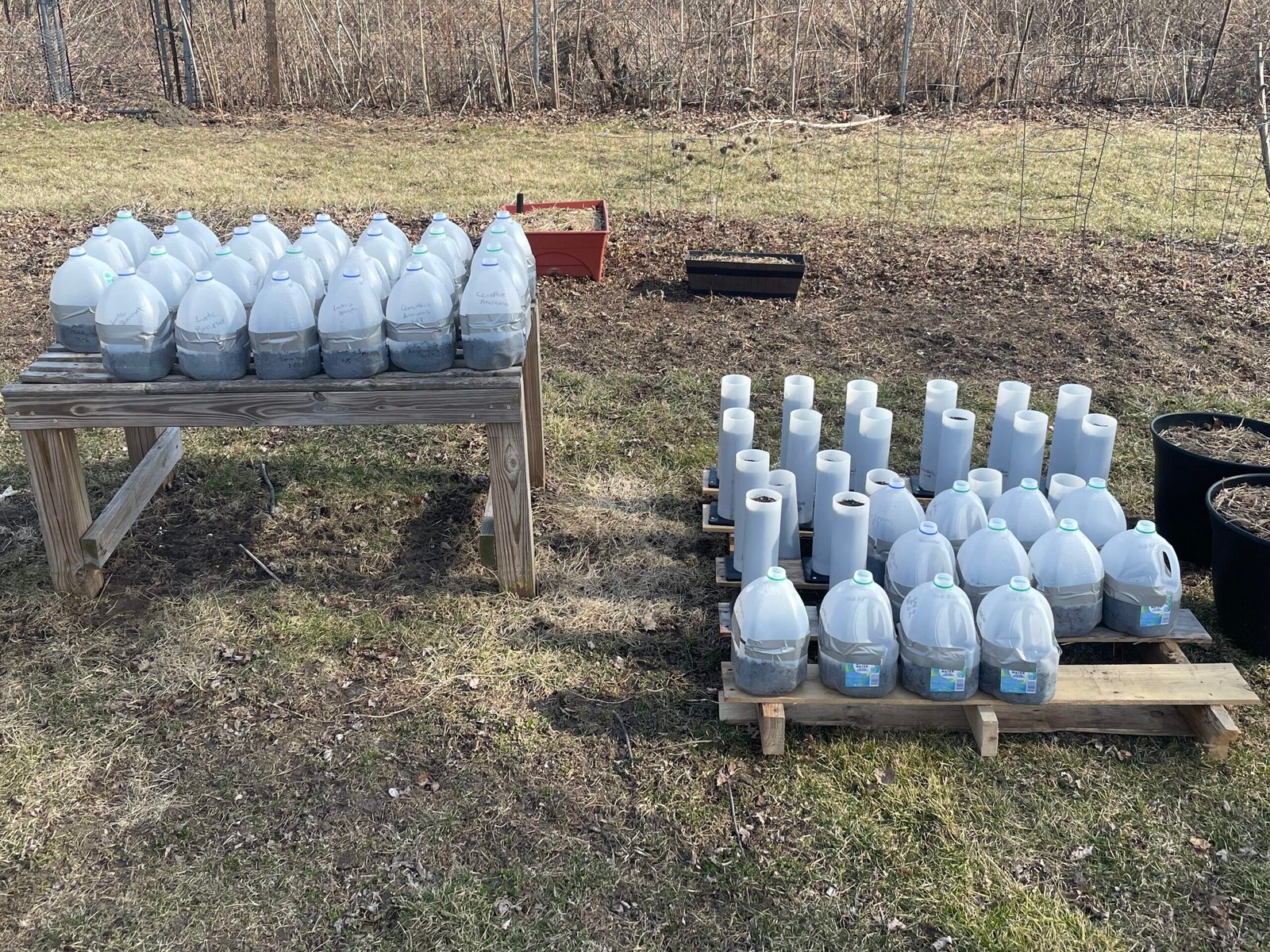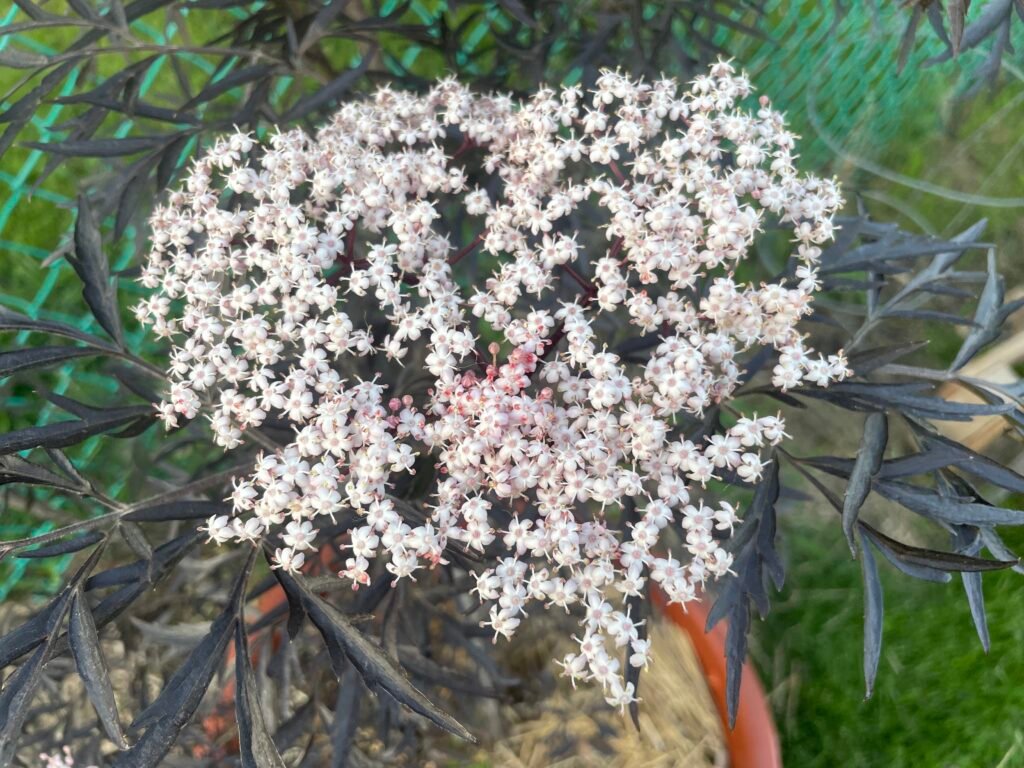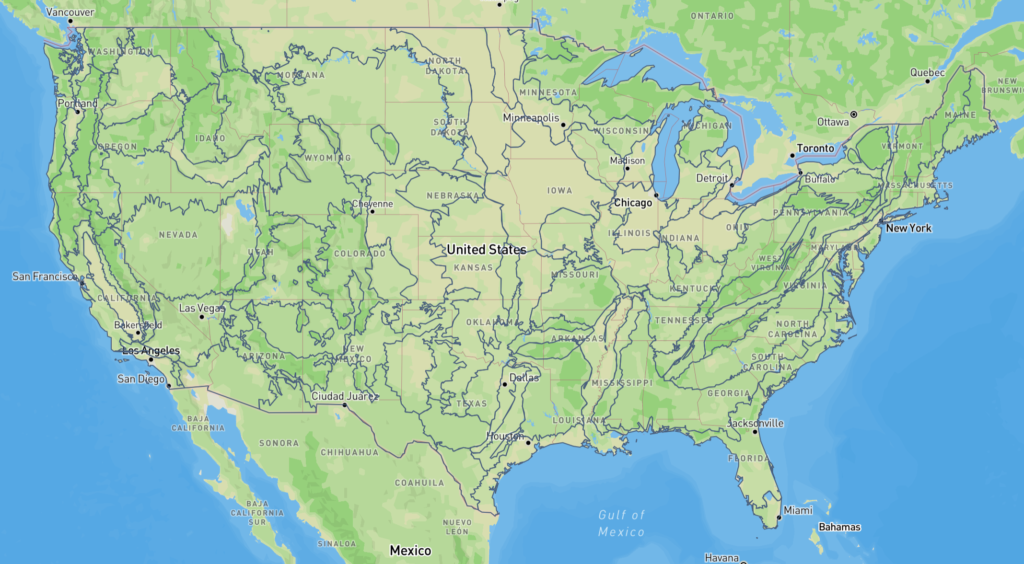When I first started native gardening a few years ago, I have to admit I was a little put off by the process. Your telling me I have to wait at least a full year to enjoy the flowers? Oh and some native species could take a couple of years to start flowering? The whole thing is a practice of patience, insert bummed emoji. Or I could just go out and buy the plants from a nursery that are at least a year old. But the prices of native perennials are not cheap, so there’s also that.
Starting A native garden
At the time I had over 40 species of non native plants with their own individual needs and much to learn about them so what was the hurry? I bit the bullet and started from seed. As I mentioned before, perennials typically take at least a year before they flower. This is because they are establishing their roots. Creating a strong foundation for the harsh winter months to come here in northwest Ohio (or anywhere for that matter). During the first year all the energy created through the leaves will go directly to the roots. Which also becomes one of the biggest benefits of growing native, the deep root systems. These deep root systems help facilitate water and nutrient uptake, enhance soil stability and contribute to carbon sequestering.

So yes there is a bit of a waiting process. After the first year most of the perennials will start to flower. And if they do, it usually isn’t to full potential. Perennials really get going (as far as what we can see) in year three and on. This is where the party begins and the wildlife starts to get the invitations. Native gardens are like beacons for species that have evolved with them. And the greater the variety of color, bloom time, height, texture etc. the more diverse the wildlife will be that you attract.
winter Sowing
Besides the eventual wildlife that you get to enjoy there are other parts of the process that are equally enjoyable. One of my favorites is winter sowing seeds in plastic milk jugs (I’m currently trying a couple other methods that I’ll get back to you on). All your basically doing is letting the seeds do what they naturally do. Some seeds need a cold stratification to loosen up the hard shell that they evolved to have before germinating. This ensures that they don’t start growing in fall and die before establishing roots over the winter. See, its facts like this just get me all warm and fuzzy, how truly amazing nature is when we stop and learn a bit. Anyhow, the jugs act as a green house to kick start the process after the frigid temperatures have passed.

I look at each of these jugs like little Christmas presents that I’m waiting to unwrap. When the weather starts to break, like it is now, the seeds will start to germinate. There is a joy that comes with watching that sprout pop up. A satisfaction that you helped nurture a living thing into existence, that in its self is worth the wait! Once the plant roots start to fill out the jugs, you’ll want to transplant them. You can transplant them directly into their final location or you can pot them up so those roots can continue to develop. Just remember if putting them into a pot to protect them over the winter, they are used to being in the ground where it is a little warmer. A garage, shed, bubble wrap, straw, leaves are all ways to insulate the pot.
But there’s more
Now don’t forget when you get rolling with the winter sowing every year, you’ll also have something new happening with the plants you started in previous years. Your year two plants will be starting to flower for the first time and when they get into year three they will really start to fill out with flowers. If you plan it out right (this is where we can help, just click) you can enjoy flowers blooming at all times. Blooms through every season at different heights, with different textures and multiple colors. Some native genus’s like elderberry produce fruit that can be used medicinally (never eat elderberry raw). Native Americans had many of uses for most of these plants like the echinacea flower, which was used for

Once your native garden has established itself there is pretty much no maintenance. You don’t have to worry about watering, fertilizing or much care at all after year one. The first year will require some weeding and watering to ensure your new friends can out compete the weeds. But besides that, all you’ll need to do is trim the dead back after the temperatures have stayed around 60F (15C) for a couple of weeks. This gives all of the native bees, butterflies, moths and other beneficial insects the chance to leave there winter homes.
A Little Research goes a long way
Growing a native garden gives back so much, with less effort and cost then any other type of garden. Just make sure to do your research. Native species to your country may not be native to your specific ecoregion. An ecoregion is basically an ecosystem characterized by living and non living environmental features and the interactions within. So if you live up in the mountains your ecoregion is very different from a below sea level swamp ecoregion, therefore different wildlife and native plants. The soil, sun, moisture and climate especially play a role in which plants can survive without help (check out this blog for help). But don’t get discouraged by research, we can help or you can take a bit of time and find the perfect species for your ecoregion.

So to wrap it up, with a little patience and minimal garden attention. You can grow a beautiful vibrant ecosystem right in your very own yard. You’ll be able sit back and watch the wildlife interact with each other or go investigating to see whats going on behind the scenes. Adding features like bird feeders, bird baths, insect hotels, frog tunnels and more only adds to the excitement. The power of discovery and those interaction brings the kid out in all of us. Sometimes we just need a little reminder of what we are grateful for and what better way to remind us then a native garden!



